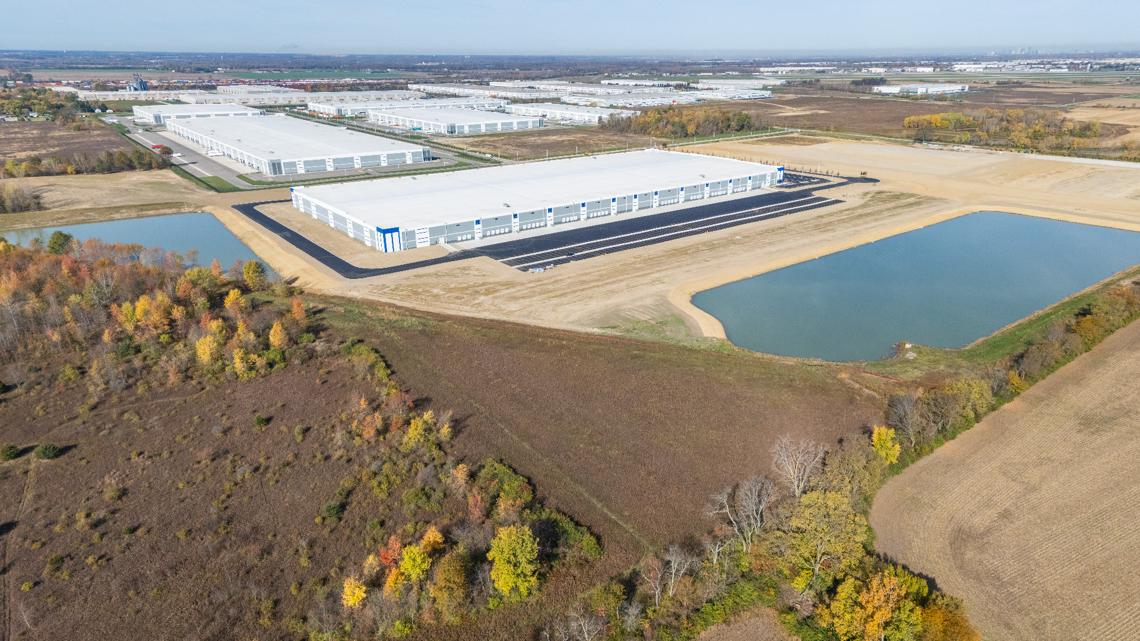Behind the Curtain: Anduril's Secret 'Project Thor' Unveiled in Pickaway County

As the countdown to July 2026 intensifies, project engineers and construction teams are working at a feverish pace to complete critical infrastructure upgrades. The ambitious goal is to transform the proposed facility into a fully operational powerhouse, meeting stringent technical and operational requirements well before the target date.
With time ticking away, every detail is being meticulously planned and executed. Construction crews are racing against the clock, implementing sophisticated infrastructure improvements that will ensure the plant's seamless functionality and optimal performance. The urgency is palpable, as stakeholders are committed to delivering this complex project on schedule and with the highest standards of engineering excellence.
The infrastructure enhancement process involves intricate technical modifications, advanced system integrations, and comprehensive testing protocols. Each milestone brings the project closer to its ultimate objective of becoming a state-of-the-art operational facility by the summer of 2026.

